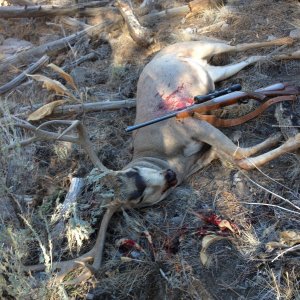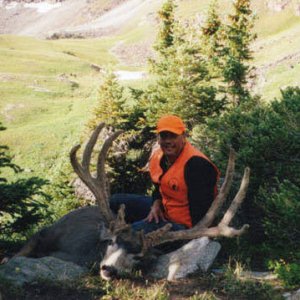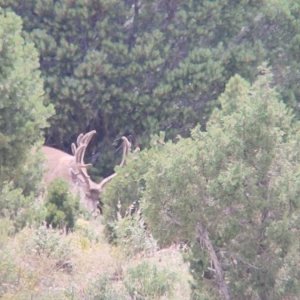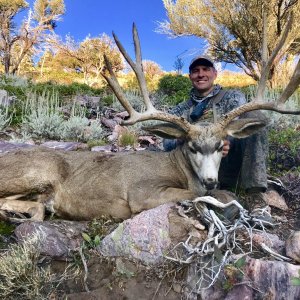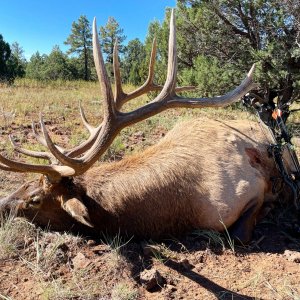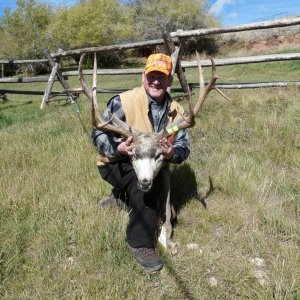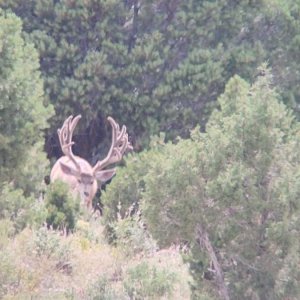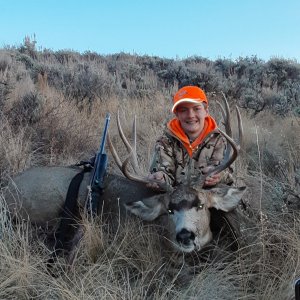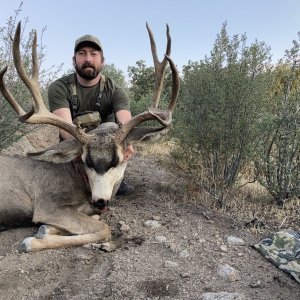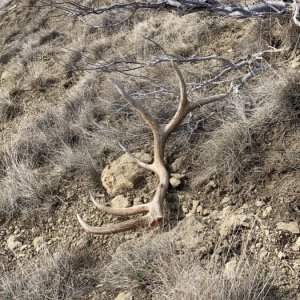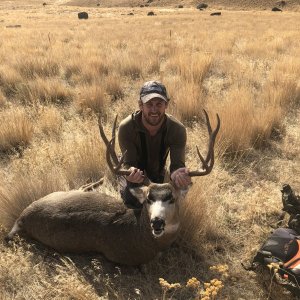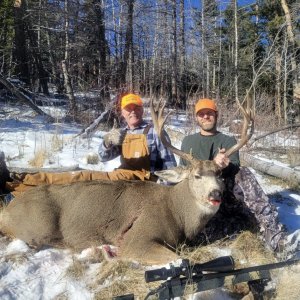bowhunt
Long Time Member
- Messages
- 3,191
LAST EDITED ON Mar-25-09 AT 04:14PM (MST)[p]Not that many years ago I would drive down several back roads in Utah just before dusk.
I would make a bet with whomever was riding along. We would bet on the number of deer we would see. It was usually in the 30-50 range.
Now I drive those same roads, go on same hikes and see maybe 5-10 deer. Here is what I think is and is not the cause of this decline.
Causes:
-Over Hunting...We harvest way to many antlerless deer per year. If an area is under objective there should be NO antlerless tags.
-Increased Elk populations.
All of the areas I once hunted deer are now full of elk. I love elk, but I also believe they are responsible for the decline.
They push deer out of normal areas to places they are more vulnerable.
-Predators
I see more coyotes, Mt Lion and Bears now than I ever have.
Not Causes:
-Decreasing habitat
The areas I hunt have been virtually unchanged for 30 years. The feed is still the same, the winter range is the same, no change in habitat.
Look at the extended Wasatch unit, more encroachment on winter range than any other area in Utah, guess what? a good herd.
Thoughts?
I would make a bet with whomever was riding along. We would bet on the number of deer we would see. It was usually in the 30-50 range.
Now I drive those same roads, go on same hikes and see maybe 5-10 deer. Here is what I think is and is not the cause of this decline.
Causes:
-Over Hunting...We harvest way to many antlerless deer per year. If an area is under objective there should be NO antlerless tags.
-Increased Elk populations.
All of the areas I once hunted deer are now full of elk. I love elk, but I also believe they are responsible for the decline.
They push deer out of normal areas to places they are more vulnerable.
-Predators
I see more coyotes, Mt Lion and Bears now than I ever have.
Not Causes:
-Decreasing habitat
The areas I hunt have been virtually unchanged for 30 years. The feed is still the same, the winter range is the same, no change in habitat.
Look at the extended Wasatch unit, more encroachment on winter range than any other area in Utah, guess what? a good herd.
Thoughts?

